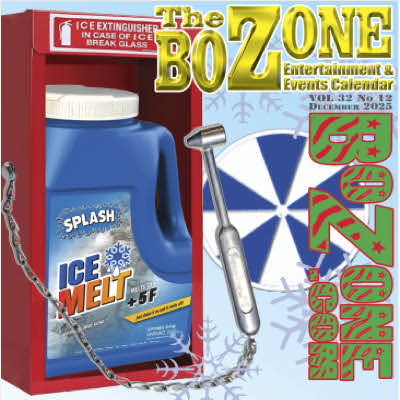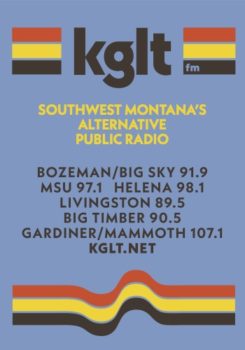MSU Extension suggests opening a Montana Medical Care Savings Account by Dec. 31 and save on state income taxes
From MSU News Service
BOZEMAN — As the end of the year approaches, Montana State University Extension educators say there is still time for Montanans to deposit funds into a Montana Medical Care Savings Account and lower their state income taxes.
Extension has updated its MontGuide, “Montana Medical Care Savings Accounts (MSAs) for the 2020 Tax Year,” with free information exploring this option. The MontGuide is available at http://msuextension.org/publications/FamilyFinancialManagement/MT199817HR.pdf. Paper copies are also available from county Extension or reservation offices.
An MSA is an account used to reduce the cost of saving for medical expenses and long-term health care. According to Marsha Goetting, MSU Extension family economics specialist, an MSA offers individuals several benefits, including a reduction on state income taxes.
For example, if a person has taxable income over $18,400 they could save approximately $276 in state income taxes by opening an MSA and depositing up to $4,000. The MSA earns interest free from Montana income taxation and the balance at the end of the year rolls over for use in the future. Funds must be deposited by Dec. 31.

Goetting added that an MSA can also be a legacy. By placing a payable-on-death (POD) designation on the account, individuals can provide a legacy for spouses, children or grandchildren to use on their medical expenses. There are also no inheritance taxes on MSAs, and as long as an individual’s estate is less than $11.58 million, there is no federal tax either.
“Without a POD beneficiary, the money passes your heirs according to your written will,” said Wendy Wedum, Pondera County Extension agent. “If you do not have a written will, the MSA passes by Montana law to your heirs with priority given to a spouse. Either way, a legacy is provided. If you do not have heirs, you could name your favorite nonprofit as the POD beneficiary.”
Although the maximum amount used to reduce a Montanan’s taxable income annually is $4,000, Goetting and Wedum said a person can also put less than $4,000 in an MSA. The amount used to reduce income for Montana residents is the total deposit in the MSA during the tax year, not the amount withdrawn for eligible medical care expenses during the year.
Eligible expenses include medical insurance premiums; prescription drugs; medical, dental and nursing home care; eyeglasses; crutches; and transportation for medical care.
“Montana considers eligible medical care expenses as any items the IRS accepts,” Goetting said. The IRS publication 502 provides a detailed list of eligible expenses and can be found at http://www.irs.gov/publications/p502/index.html.
All resident taxpayers are eligible to establish an MSA even if they have another health care plan provided by their employer or a Section 125 Flexible Spending Account or a Federal Health Savings Account. A taxpayer does not have to be in a high deductible health insurance plan to be eligible for the MSA. And, remember, Goetting added, any money left in your MSA rolls over to be used for eligible medical expenses in future years. •






